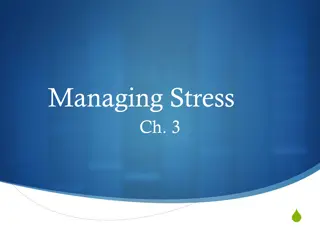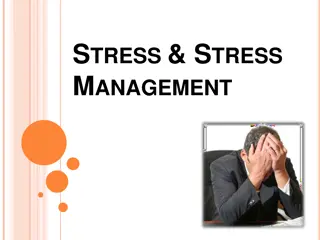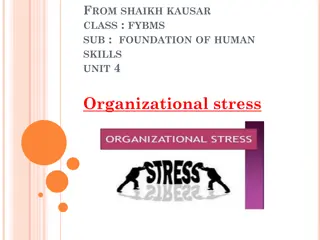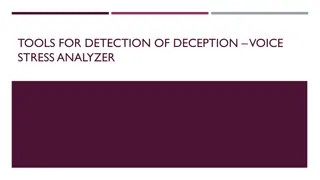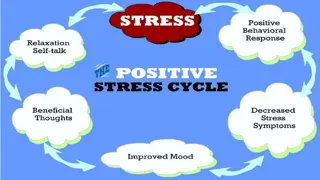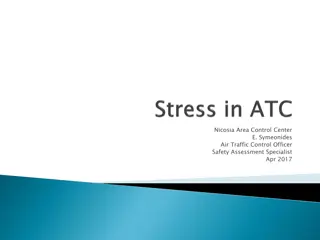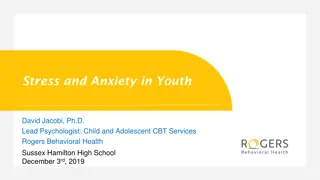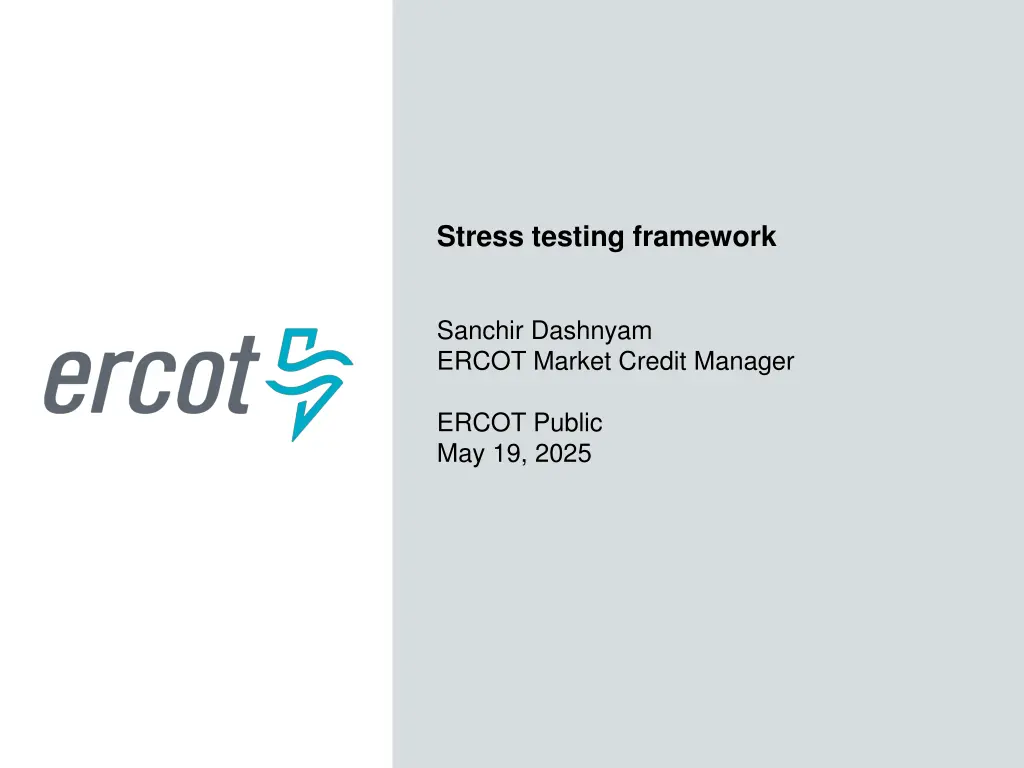
ERCOT Market Credit Risk Management Framework - Stress Testing and Proactive Approach
Explore the ERCOT market credit risk management framework focusing on stress testing, risk identification, mitigation, and proactive approaches. Understand the potential impact of extreme market conditions on participants and strategies to manage financial risks effectively.
Download Presentation

Please find below an Image/Link to download the presentation.
The content on the website is provided AS IS for your information and personal use only. It may not be sold, licensed, or shared on other websites without obtaining consent from the author. If you encounter any issues during the download, it is possible that the publisher has removed the file from their server.
You are allowed to download the files provided on this website for personal or commercial use, subject to the condition that they are used lawfully. All files are the property of their respective owners.
The content on the website is provided AS IS for your information and personal use only. It may not be sold, licensed, or shared on other websites without obtaining consent from the author.
E N D
Presentation Transcript
Stress testing framework Sanchir Dashnyam ERCOT Market Credit Manager ERCOT Public May 19, 2025
ERCOT CORPORATE STANDARD - Market Credit Risk Corporate Standard Market Credit Risk Objective In seeking to fulfill BOD objectives to provide for a reliable Texas electricity market, ERCOT stakeholders will directly consider the credit implications of operational or market decisions, maintain sufficiently detailed understanding of the nature and scope of market credit risk so as to be able to identify material changes in ERCOT s credit risk profile in a timely manner and seek to maintain a market-wide credit risk profile consistent with an investment grade rating. 2 ERCOT Public
Stress test framework: problem definition What are the risks embedded in the ERCOT marketplace? How will market participants behave during extreme volatility periods? What will be the impact of extreme high prices on the market participants? Who could potentially default and how much will be the potential loss to the market, individually and in aggregate? Does the market, stakeholders and decision makers need to understand and account for potential financial impact (financial losses to the market) of extremely high prices (whether it is in reference to operational decisions or to strategic/ market design related decisions)? Do we need to do anything to proactively manage the above risks? Do all market participants fully understand and actively manage the risks involved in participating in ERCOT market? 3 ERCOT Public
Stress test framework existing vs new approach Current framework: ERCOT credit administers the ERCOT Protocols and manages exposures generated by the TPE formula. If a counterparty can not meet the collateral call or pay invoices, they will go into a default and get terminated. Amounts unpaid at termination will get uplifted to the market. New framework: in addition to the existing framework the new approach will inject a more proactive approach to risk management. Instead of this is what happened , ERCOT will proactively (1) identify, (2) measure and (3) mitigate the risk beforethe actual event occurs. ERCOT will anticipate the default risk in advance and try to mitigate it through a preset number of actions before the events happen. This active approach will strengthen ERCOT market risk management practices and improve overall risk management practices of market participants. The goal will be to develop a framework to carry out the above 3 activities for each potentially defaulting counter- party and the respective potential loss amounts, individually as well as in aggregate for the market under various stress scenarios. The framework is to be tested and continuously improved and fine tuned as time passes and actual stress events occur. 4 ERCOT Public
New framework proactively managing risk 1. Identify the risk: Most of the time power prices (RTM, DAM and AS) tend to fluctuate within a relatively stable band for an extended period. But every once in a while, prices will shoot up and reach extremely high levels and stay there for a few days (winter) or weeks (summer). This extreme volatility imposes a stress on the marketplace and could potentially lead to sizable default(s). The risk of unpaid balances incurring losses to the market. 2. Measure the risk: Each market participant has a different liquidity and capital profile to weather through these high stress periods. On the other hand, each market participant has a unique potential risk exposure profile, which depends on how it participates in the marketplace and how it chooses to hedge its potential exposures. A combination of the two liquidity and capital on the one hand layered in against potential exposures realized in the event of high stress on the other hand, will yield insights into whether a market participant could default in the event of high prices and if so, provide an estimate of a potential loss. What qualitative and quantitative factors should we consider? Load and load & gen entities vs traders? Liquidity vs capital Exposure assumptions 5 ERCOT Public

